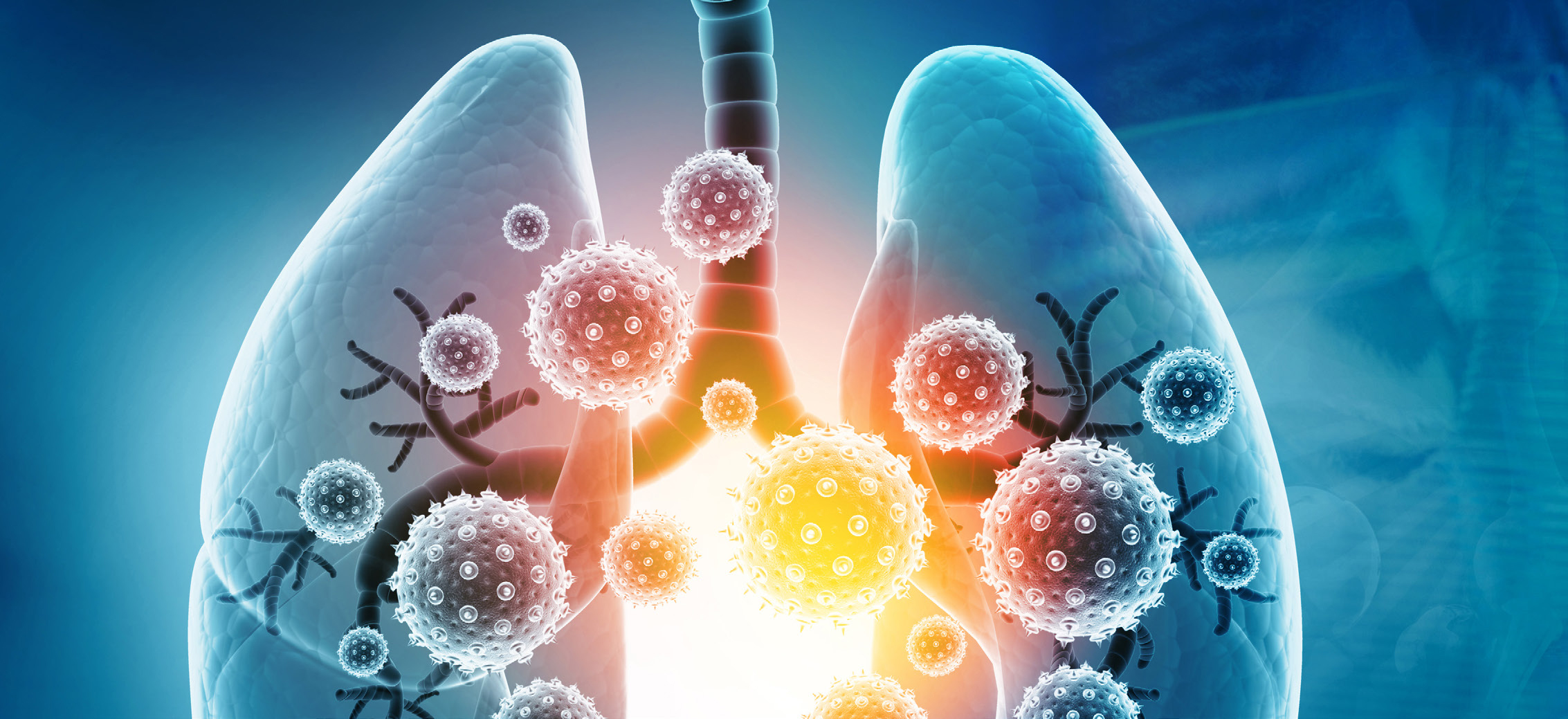Asthma is one of the most common conditions affecting children and young people. It is estimated that one in 11 children in the UK have asthma, raising concerns about the impact of the COVID-19 pandemic on young people.
While both conditions affect the lungs and may display similar symptoms—most notably a cough—reports from the United States suggest that people with asthma do not necessarily have a raised risk of getting the coronavirus (Ellis, 2020). However, many people with asthma in the UK will have received notification from the government urging caution and, depending on their age and the severity of their condition, that they shield for the duration of the current outbreak and possibly for a period beyond.
The British Lung Foundation (2020) offers the same precautionary advice that applies equally to everyone in the UK, in terms of hand-washing and social distancing, though it advises of this distinction: ‘it may be tricky to work out whether new symptoms are due to COVID-19 or due to an exacerbation or flare-up of your condition. Typically, exacerbations of COPD, bronchiectasis and asthma are not associated with a high fever’.
The National Institute for Health and Care Excellence (NICE, 2020) has published guidelines for health professionals, including school nurses, working with patients with severe asthma, based on the evidence and judgement of experts and medical practitioners. The following is a summary of its advice.
Communicating with patients
Media reporting and government announcements about COVID-19 and its spread can cause anxiety and concern among people who are at risk, particularly those who require high dose medication. Referring and sign-posting patients to relevant charities, such as the British Thoracic Society (https://brit-thoracic.org.uk/) or Asthma UK (www.asthma.org.uk) can help to alleviate fears.
Those patients with the most severe asthma will have received a letter informing them that they are at risk and that they should follow government advice about shielding for the requisite period. During this time, they should continue to take any prescribed medication in keeping with their personalised asthma action plan, and this should include patients who suspect they have, or who have contracted COVID-19. By taking their normal medication—and ensuring their plan is up to date—they will tkeep their asthma as stable as possible, which is important.
As with all patients, health professionals should minimise non-essential face-to-face contact and, if needed, offer video, telephone or email consultations, and contact patients by text messaging or email. If face-to-face appointments are needed, then measures should be taken to ensure the safety of both the patient and health professional.
Prior to the appointment, the patient should be screened by telephone to ensure that they have no COVID-19 symptoms and informed that they should be accompanied by no more than one family member or carer—and to attend alone if possible. A child should be accompanied by only one adult.
The time in the waiting area should be minimised by careful scheduling. If a patient is presenting with COVID-19 symptoms, health professionals should follow UK government guidance on infection prevention and control.
Prescriptions and medicines should be delivered through postal services, local voluntary groups and approved pick-up points.
‘[Individuals with asthma] should continue to take any prescribed medication in keeping with their personalised asthma action plan… ’

Investigations and treatment
Bronchoscopy and most pulmonary function tests should be restricted only to urgent cases and if the results will have a direct impact on patient care because these tests have the potential to spread the coronavirus.
Treatment
Biological treatment
Where patients are having biological treatment, this should continue, as it is not thought to suppress immunity. Arrangements should be made, where possible, for treatments to be self-administered by the patient or delivered in a community clinic. Treatment should be administered remotely wherever possible.
Health professionals will need to balance out the risks and benefits of a patient starting biological therapy for the first time. Where necessary treatments should begin for patients who require it, even if the usual procedures for supervision cannot be accessed. However, Blueteq and, where possible, review forms should be completed, even if it means they are registered later.
Wherever possible, measures should be taken to remove the need for patients to receive treatment in hospital. Departments may need to organise medicine delivery if homecare services are not taking new referrals.
The use of corticosteroids
Patients should continue using inhaled corticosteroids, as discontinuing use could cause exacerbations. There is no known risk of inhaled corticosteroids increasing the risk of getting COVID-19 and stopping them can be harmful. Patients who develop symptoms and signs of asthma exacerbation, should follow their personalised asthma action plan and start a course of oral corticosteroids when indicated.
The use of equipment
As with the general advice around hygiene, asthma patients and their parents or carers should wash their hands and keep clean equipment such as mouth pieces, spacers, face masks and peak flow meters by regularly washing with a detergent. Inhalers and other devices should not be shared with anyone else, even in the same family.
Patients can continue to use nebulisers, as the design of the aerosol will not carry virus particles from the patient.
Departures from usual care
There may be instances when local policies need to be changed to meet circumstances. For example, waiting areas may need to be reconfigured to allow social distancing from other patients and staff members.
Enough medication should be prescribed for a 30-day period. Any longer than this can put the supply chain at risk.
FURTHER INFORMATION
NICE
COVID-19 rapid guideline: severe asthma: https://www.nice.org.uk/guidance/ng166
NHS England
Clinical guide for the management of respiratory patients during the coronavirus pandemic: https://bit.ly/2YHMRBV
Public Health England
Guidance on shielding and protecting people who are clinically extremely vulnerable from COVID-19: https://bit.ly/2W1bOGE


